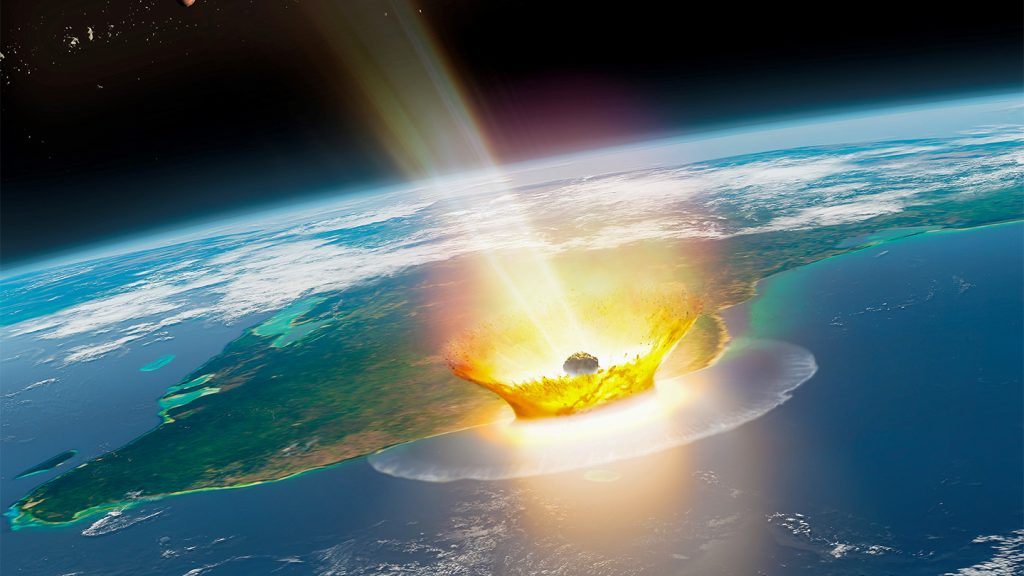Around 66 million years ago, an asteroid collided with the Earth near the Yucatán Peninsula, forming the Chicxulub crater. This impact is believed to have caused a mass extinction event, wiping out over 60% of the planet’s species, including all nonbird dinosaurs. The impact left behind geochemical artifacts, such as elevated levels of iridium, in a thin layer of rock found in various countries worldwide.
New research has focused on analyzing the chemical composition of these rock layers that mark the boundary between the Cretaceous and Paleogene periods, known as KPg. By measuring five isotopes of ruthenium in the rock layers, researchers were able to create a forensic profile of the killer asteroid. Ruthenium, a platinum-group element abundant in asteroids but rare in Earth’s crust, provided valuable insights into the origin of the impactor.
The chemical signatures of ruthenium found in the KPg rocks were found to be consistent with each other, linking them to a single extraterrestrial event. This confirms that the impact was not caused by intense volcanic eruptions that were also considered a potential factor in the mass extinction event. The research suggests that the asteroid that struck Earth during the Cretaceous-Paleogene boundary was a carbonaceous asteroid originating from the outer regions of the solar system, beyond the asteroid belt between Mars and Jupiter.
Most meteorites found on Earth come from stony asteroids originating in the nearby asteroid belt. However, the asteroid responsible for the Chicxulub impact was a carbonaceous asteroid from a distant asteroid belt beyond Jupiter. This sheds light on the origins of the killer asteroid and highlights the complex dynamics of the solar system. The research provides valuable insights into the geological history of Earth and the catastrophic events that have shaped the planet’s evolution.















